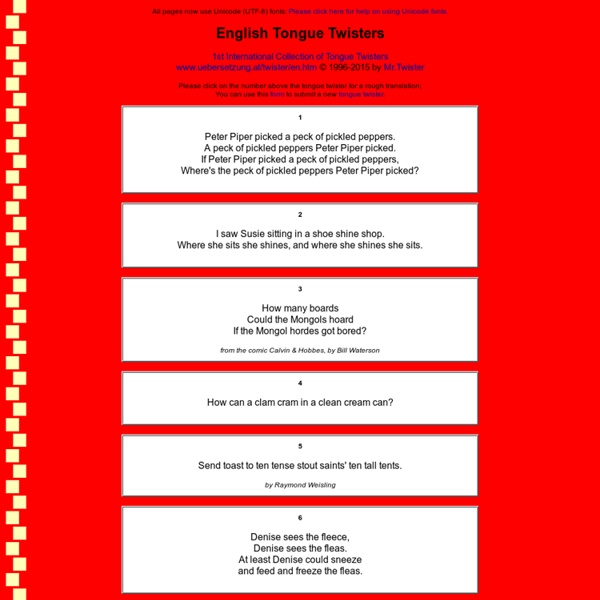



50 Popular English Idioms to Sound Like a Native Speaker To understand English as it is spoken in real life, you have to be familiar with idioms. They are used so much in everyday English that it is important to be aware of them. You need to learn what they mean, and how to use them to become an ‘insider’. This blog post will show you some of the most popular English idioms currently in use. Remember, knowledge is power. 50 Popular English Idioms 1. I’m not getting enough sleep these days. 2. My colleagues were surprised at the Christmas party- I let my freak flag fly and showed them a break dance routine. 3. The party got out of hand and the guests started to throw bottles at each other. 4. I just can’t get my head around the fact that Joe is leaving us. 5. My parents wanted me to give up writing, but I dug in my heels and went on to become a famous writer.My parents wanted me to give up writing, but I stuck to my guns and went on to become a famous writer. 6. 7. 8. I’ll leave no stone unturned until I find out who did this. 9. 10. 11. 12. 13. 14.
gapfillers File: Pronunciation 2, tongue twisters.mp3 Pronunciation 2, tongue twisters.mp3 She sells seashells on the sea shore.Red leather, yellow leather.Peter Piper picked a peck of pickled peppers. Where's the peck of pickled peppers Peter Piper picked! English to French, Italian, German & Spanish Dictionary - WordReference.com Pictolang Tongue Twisters Tongue twisters are a challenge for some to create, challenge for some to say, for some they are a source of entertainment, for some they are a way to pull someone's leg, for some just another way of bringing a smile on their face. You learn to master one tongue twister and you start looking for another. The search is over because you have a huge tongue twister collection to choose from. Happy reading! Tongue Twisters for Adults There are scores of tongue twisters that you can try out. Tongue Twisters for Kids Looking for some funny tongue twisters for kids? Funny Tongue Twisters Get ready to take on the challenge of repeating any of the following funny tongue twisters just 5 times.
Fleex. Apprendre l'anglais en regardant des séries ou des films Fleex est un outil en ligne qui permet d’apprendre l’anglais via un système ingénieux utilisant les sous-titres des films ou des séries TV. Autant dire qu’il ne sera pas forcément très difficile de convaincre un apprenant de travailler son anglais sur un tel support de base. En tout cas cela devrait faciliter les choses. Ingénieuse idée que celle des créateurs de Fleex. Vous pouvez à tout moment en cliquant sur un mot afficher sa fiche d’identité et sa traduction. Le service Fleex est centré sur un lecteur de vidéo avec des fonctions spécifiques. Fleex est une sacré bonne idée avec une foule d’options intéressantes qui dépoussièrent sacrément certaines méthodes multimédia d’apprentissage de l’anglais. Pour utiliser Fleex il faut vous inscrire. Pour visionner des films et séries Fleex innove aussi en proposant plusieurs moyens. Ludique et efficace. Lien: Fleex Sur le même thème
34 FREE Tongue Twisters Worksheets About Our Tongue Twisters Worksheets “She sells sea shells by the seashore!” “Peter Piper picked a peck of pickled peppers!” Tongue twisters certainly aren’t an essential part of English - and many textbooks just ignore them altogether. Whether your class consists of level-one ESL beginners or advanced level-five students, BusyTeacher.org’s 34 tongue twister worksheets are sure to please. Some of BusyTeacher.org’s 34 tongue twister worksheets even focus on specific themes, like holidays or certain English letters - which is handy if you’re working through a theme unit. How, you might ask, did BusyTeacher.org pull together 34 worksheets on tongue twisters for ESL students? If you’re looking for a place to dive in, you can check out our top ten most popular tongue twister worksheets - or you can use the search function to find some that match your keywords.
864,937,1048,1055,1080,1149,1212,1301,1390,1402,1410,1419,1514,1681,1975,1975,2058,2206,2277,2336,2546,2622,2705,2931 x Image InputX Upload an image from your computer: Enter a URL for an image: Terms | Privacy All images »Recent images Loading... Sample images Data InputX Give numeric, tabular, or other data. Save for Later Use Use without Saving Upload a file »Terms | Privacy All data »Recent data Sample data categories-currency dates-categories countries-currency-numbers dates-currency-1 dates-numbers categories-numbers dates-currency-2 categories-numbers-genders cities dates-categories-names-currency countries-currency states-genders-counts-currencies email-addresses cities-types-currency File UploadX Upload a file from your computer: Enter a URL for a file: Copy & paste as input »Terms | Privacy All files »Recent files Loading Supported formats and sample files Supported formats and sample files Basic formats Text, Binary, XLS, TSV, CSV, XLSXmore » Image formats GIF, JPEG, PNG, TIFF, JPEG2000, BMP, ACO, TGA, ICO, PCX, PBM, PGM, PNM, PPM, PXR, SCT, XBMmore » Vector graphics formats 3D geometry & modeling formats Audio formats XML formats x